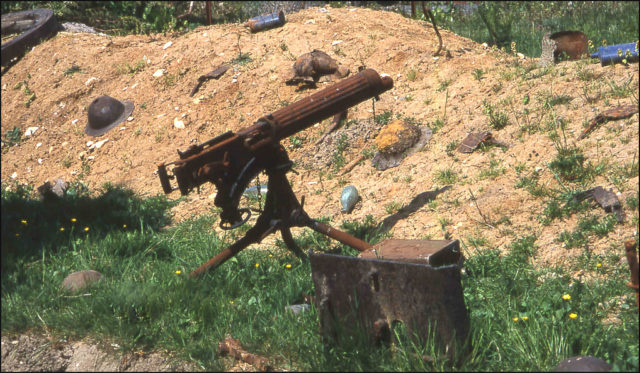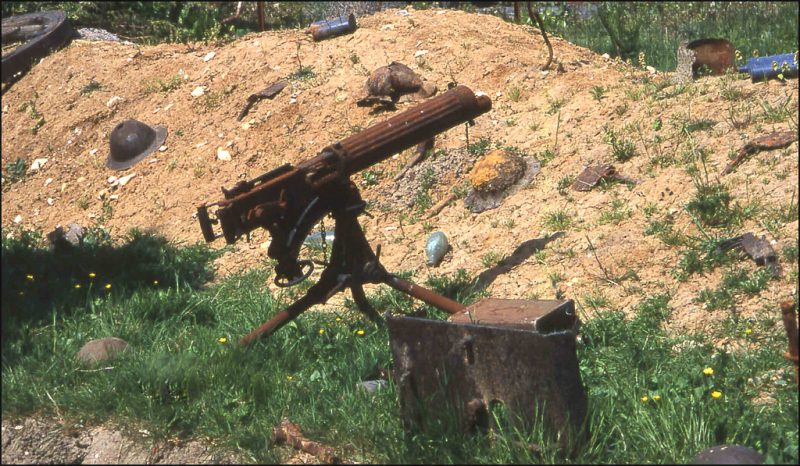Perhaps not as extensively filmed as the Second World War, the First World War touched the heights of chaos and human life loss during its nearly five years of death and destruction.
The repercussions of the conflict can still be heard in the battlefield of the War, now mostly farmlands or construction sites.
One of the many reminders of the deadly war has to be the annual ‘harvest’ of barbed wire, unexploded ordnance, bullets, shrapnel’s, and other remnants of battles collected by the farmers from France and Belgium after ploughing large fields which were once the battlegrounds of some of the fiercest fighting in the region.
The harvest term in the region has become synonymous to the material left behind by the armies during the First World War, which is still found buried in fairly large quantities up and down the region, across the former West Front of the First World War.

The amount of shelling and bombing that took place during the war was on a monumental scale.
According to some estimates, one tonne of explosive material was fired for every square metre of the West front’s territory.
Two thirds of these explosives ended up un-detonated and laid there, later being buried in the chaos of the war.
In Ypres, Salient alone an estimated 300 million explosives belonging to German and British forces were buried, most were duds and have not yet been discovered.
As recently as 2013 a total of 160 tonnes of munitions, including 15-inch naval gun shells, were meticulously unearthed from the regions around Ypres.



Since the area where these exploded shells are buried is also the area of France and Flanders considered very rich in agriculture and is highly fertile, the most of the Iron harvest takes place in the spring and early autumn season when farmers are ploughing to sow the seeds.
As this has now become a local tradition, almost all the farmers regularly (every year during their harvest) collect these unearthed munitions and line them along the boundaries of their fields. Sometimes authorities will provide collection points to these farmers to take any shells.




These unexploded shells are equally, if not more dangerous once they are buried, as now they can take people by surprise and cause considerable damage.
Despite a high rate of recovery of these unexploded shells by French Department du Deminage, the Department of mine clearance in France, which is approximately 900 tons every year; these shells have still caused considerable damage to the locals and to those who try to unearth them.
Since the end of the Second World War, a total of 630 French munition clearers have died while handing these unexploded shells.
Since the end of the First World War upwards of 260 civilians have died due to the unexploded shells suddenly exploding whereas 535 have been seriously injured.
Another dangerous aspect of these buried shells is the fact that some can contain poisonous gases, and when they corrode underground the gas is released either spoiling the soil or if near the surface endangering the lives of farmers or ordnance clearers.
